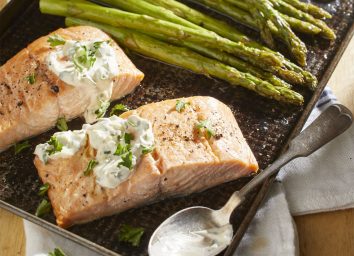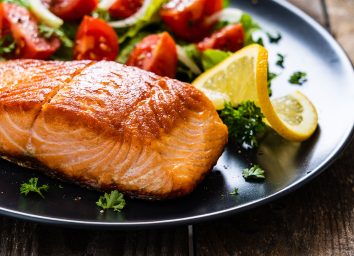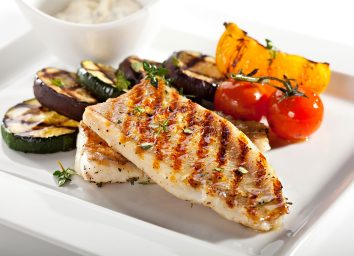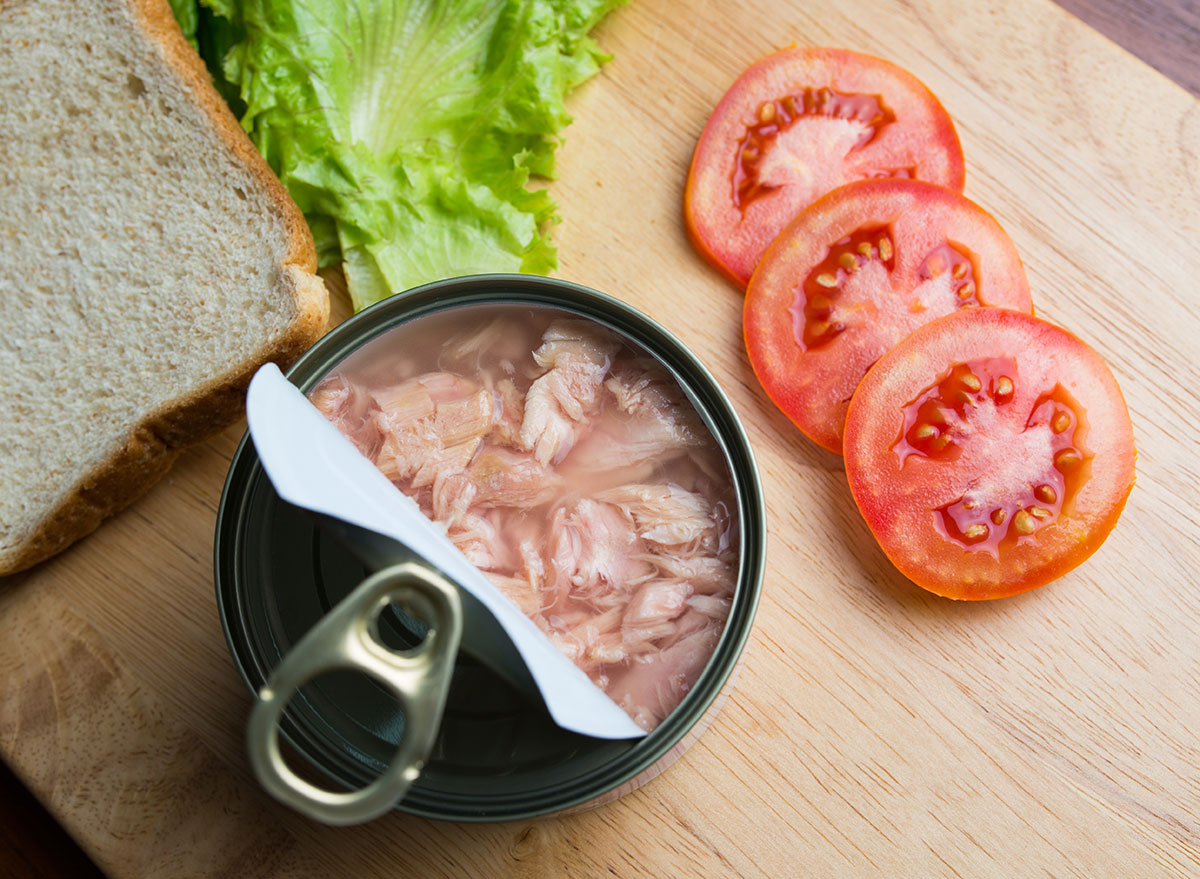
Unless you live next door to a fish market or a good seafood restaurant, you're probably not eating fish consistently enough to reap the heart-healthy benefits of its omega-3 fatty acids. Regularly eating fatty fish like tuna, salmon, sardines, herring, black cod, and mackerel is associated with a lower risk of cardiovascular disease, according to the American Heart Association, which recommends we consume at least two servings a week.
There is an easy way to get enough fish in your diet for your heart's sake without breaking the bank or going through cases of air freshener to rid your kitchen of the low-tide scent of cooking fish: canned tuna.
"It's a convenient and affordable seafood option, and since most Americans aren't consuming the recommended servings of seafood every week (have you had your two this week?) canned tuna can be a smart addition to an overall healthy diet," says registered dietitian nutritionist Lauren Manaker, MS, RDN, a member of our medical review board.
Canned tuna is an excellent inexpensive source of hunger-satisfying protein that's low in saturated fats, unlike fatty meat counterparts like beef. Have some canned tuna on crackers or celery sticks for lunch, and it's unlikely you'll notice hunger pangs at 3 or 4 p.m.
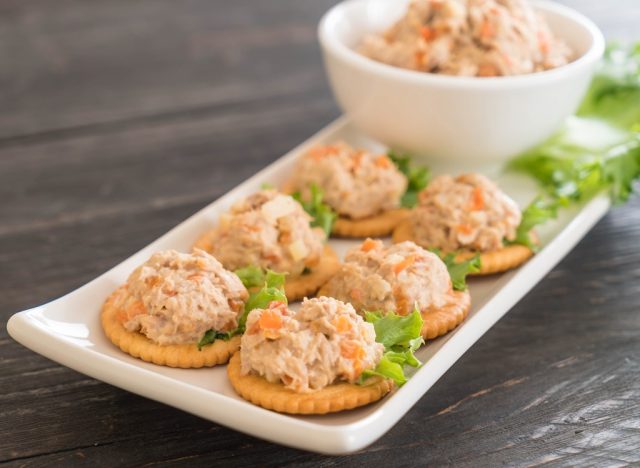
Manaker cautions, however, that not all canned tuna options available in grocery stores are the same. Some are higher in sodium and mercury than others, so you need to pay attention to what you're buying.
Large fish like tuna tend to have more mercury than small fish like sardines because they live longer and eat a lot of fish containing mercury so the highly toxic heavy metal in the form of methylmercury builds up in their flesh over time. Tuna is generally safe to eat but if you eat a lot of it, you could develop mercury poison, which is characterized by symptoms like numbness, loss of coordination, memory and vision problems, and in some cases, seizures.
Skipjack tuna is a smaller fish used in most canned light tuna products. Canned white tuna is albacore tuna, which contains mercury levels almost three times higher than skipjack, according to the Environmental Defense Fund.
If you're eating large "quantities of fish that may contain larger amounts of mercury, it's best to stick to options that specify the type of tuna in the can," says Manaker. "If I had to choose my least favorite canned tuna, it would be Great Value tuna, chunk light. For one, the variety of the tuna used in Great Value chunk light is not specified on the label. It could be a lower mercury skipjack or a high-mercury tuna variety like yellowfin. You don't know."
What's more, Manaker says this can of tuna is higher in sodium than most because it's packed in vegetable broth. Better to stick to tuna packed in water or olive oil.
Another concern is the can itself. Some tuna cans are still lined with BPA (Bisphenol A), a chemical in plastic that some research shows can seep into food. BPA exposure may be linked to health problems ranging from developmental issues in infants, behavior in children, and high blood pressure and type 2 diabetes in adults.
"[Because] this can isn't deemed 'BPA free,' eating this tuna frequently may cause the body to have too much exposure to this chemical," says Manaker. "While eating this tuna in moderation will likely be A-OK and doing so will fuel your body with important omega-3 fatty acids, if it is an option, stick to brands like Safe Catch Elite or Wild Planet."
Both of those brands test their tuna for mercury. Safe Catch Elite uses only sustainably caught skipjack tuna. Wild Planet catches smaller migratory fish that are lower in mercury.
Now that you know what to look for in your next can of tuna, try these 13 Healthy Recipes to Make with Canned Tuna.

